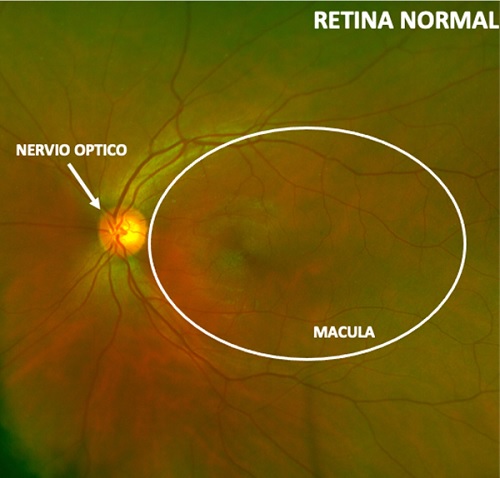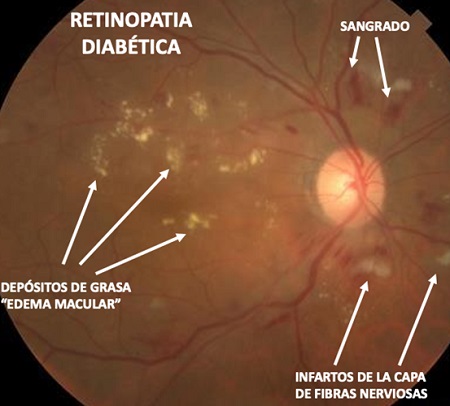RETINA AND VITREOUS
The specialty called retina and vitreous works on the retina, which is a light-sensitive tissue located on the inner surface of the eye, it is like a screen where images are projected.
Light that hits the retina triggers chemical and electrical reactions that are converted into nerve impulses that go to the brain through the optic nerve. The retina has a very complex structure, it is made up of several layers of neurons interconnected by synapses.
The retina is the neural tissue that covers the inner surface of the eye, as if it were a room and the retina was the wallpaper.
The retina is not normal tissue, but a small piece of the brain responsible for collecting images. Being made up of brain cells, organized in highly structured layers, anything that affects it will cause a serious visual problem.
Some retinal and vitreous diseases:
Retinal Diseases
Diabetic retinopathy
Damage caused by the metabolic decompensation of diabetes.
Macular Hole
Small tear in the macula, the part of the eye responsible for central vision.
Retinal Detachment and Tear
Spontaneous retinal separation can cause blindness.
Macular Edema
Accumulation of fluid in the retina in the macula.
epiterrian membranes
Development of a translucent cell membrane over the central area of the retina.
Complications due to uveitis
Risk factors for suffering from uveitis.


